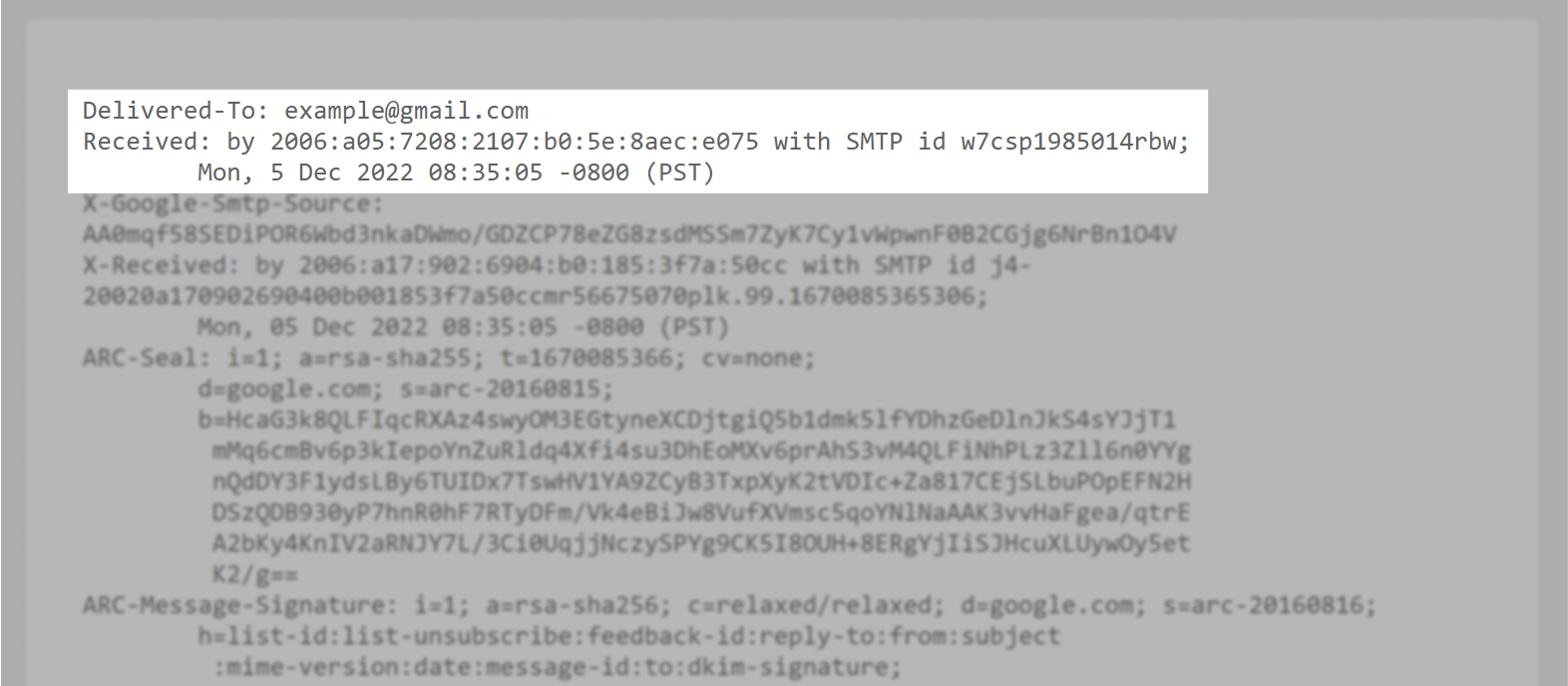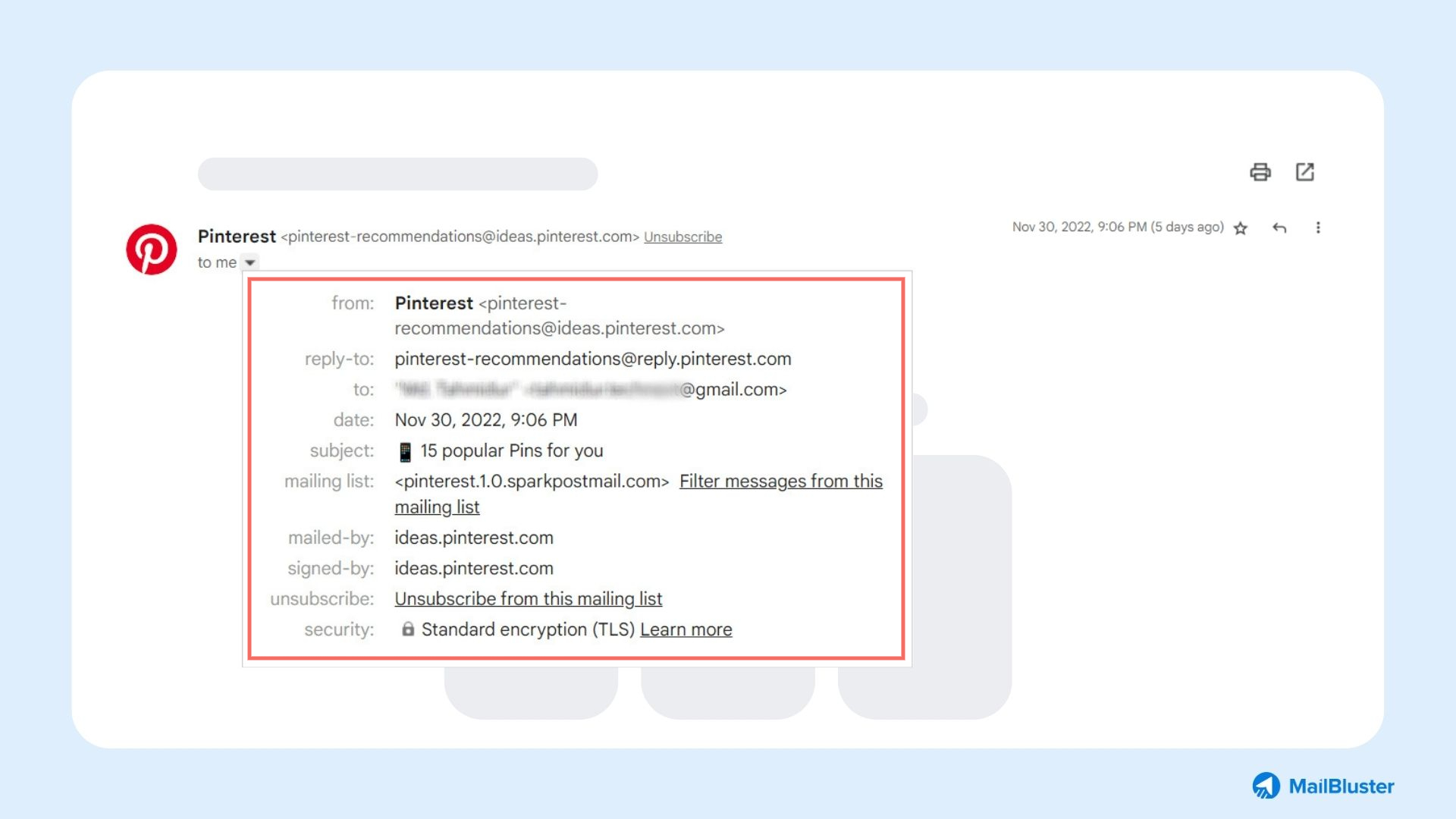The email header is a crucial element that can make a great first impression on email recipients and enhance overall marketing emails’ success rates. But a study shows that, in 2020 and 2021, people spent an average of 11.8 and 10 seconds reading brand emails. This decline happens due to a lack of a proper email marketing strategy. Nowadays, there are too many email marketing campaigns by different brands, and people need more time to check them. So if any email campaign is lengthy or created in an old-school way, it will get less attention from the email recipients.
But do not worry; if you use an effective and eye-catching email header design to make a great start to your email campaign, the success will be yours.
What is an email header?
First, let us clear up some possible confusion about the email header. Technically, the email header is a small piece of code in an HTML email that consists of essential details to authenticate an email message. However, all this code is usually invisible to the email reader.

However, we are not covering the HTML email header specifically. Instead, we are focusing on the email header design portion that is visible to the recipients. All the design elements of the email header appear at the top of your email template. Therefore, when the recipients open an email, the header portion is the first thing they see.

Note: People sometimes confuse email headers with email preheaders. This is because the email preheader appears next to the email subject line, which is visible in the email inbox. But an “email header design” is the first section of an email message.
Key elements of an email header design
The recipients can see three essential parts of information in the header design. Those parts will be disclosed below. But while discussing them, we will review a real email campaign on Pinterest, and the email campaign is as follows:

Email subject line
An email subject line of an email campaign is the first thing that email recipients can see. The subject line is a single line of text to convey the overall objective of your whole email. Therefore, you should be careful about the subject line while designing an email campaign.

Pinterest used a personalization technique in its email subject line by using the term “for you.” Through it, Pinterest recommends 15 of its most popular pins (wallpapers) to its subscribers. Moreover, Pinterest used a “smartphone” emoji at the beginning of the subject line. This emoji tells the email reader that all the wallpapers attached to the email campaign are only for smartphone screens.
Email sender’s information
The identity and information of the email sender are the second things an email recipient can notice. The sender’s name and email address are the two main elements that are directly visible, and one can find more information by clicking on the “to me” dropdown option. The primary purpose of this hidden section is to check whether an email campaign came from an actual sender. Also, in this beginning section, the recipient can see the exact date and time of a received email. All this information can help the recipient decide to take further action, such as purchasing, signing up, subscribing, etc.

The email recipient of Pinterest’s campaign can see the details, from the “sender name and email address to the security protocol.” And all these details will confirm the authenticity level of the email.
The very first section of the email template
The first section of an email template sometimes includes a brand name, a logo, a couple of lines, or a CTA link. Email senders may include these elements according to their email campaign design and requirements. But this is optional.

At this point, Pinterest placed its logo and a one-line starting message before showing the actual content of the email. With this simple line, it tried to tell its user that all 15 recommended wallpapers are trendy on Pinterest currently.
Email header best practices

When you launch an email campaign, you cannot undo it. Therefore, you should care about your first impression regarding email header design. And a couple of best practices can make your header section more vivid and eye-catching. As a wise marketer, consider the following four tips while designing this first portion of the email:
1Balance text and images in your email header design
Maintaining an elegant design for your email header is an absolute must. The approach began with the subject line, as it is the first visual thing in the email header portion. Also, a creative subject line can motivate people to open the email campaign as soon as they see it.
Now comes the part about adding the first section of your email that is visible to the reader. You must add minimal text and a single brand logo, name, or mascot in this part. Remember that if your email header has excessive text or images, your readers may not like it and may even blacklist your email address permanently.
You can add more images, infographics, email GIFs, and many more elements to the email template’s body. But in terms of the beginning part of the template, you must keep it simple and eye-catching. Also, think carefully about the color combination you choose for the header and the overall template. It is strongly recommended to make your email templates according to your brand’s specific color to show your brand’s style or personality.

2Use animation in the email header
There is no better way to make your email marketing campaign more attractive than using animated GIFs. Yes, you can add a video instead of a GIF. But mostly, embedded video in an email template cannot play automatically due to security reasons. Email viewers must click on the video’s “Play” button to play it, which will redirect them to the video’s host URL. Moreover, a video can be lengthy in some cases. In contrast, an email GIF is free from these obligations. An embedded GIF in an email template can play automatically whenever the recipient opens the email to read it. Apart from this, employing GIFs in email marketing has several benefits since they grab readers’ attention effectively.
For example, below, you can see a simple GIF embedded in the email header portion of the e-newsletter from Semrush. This GIF is the intro part of the email template, which makes the template more colorful and differentiated.

On the other hand, Canva is one step ahead in terms of GIF usage. They create their brand logo as a GIF and use it as the profile picture for their business email.

3Call to action (CTA) in the email header
A good strategy for an email campaign is to use the CTA button where necessary, such as in the text, image, or logo. But using a CTA button in the header section has a different motive. For example, companies usually place their brand name or logo in the email header’s first section. Therefore, using CTAs on the company’s brand logo or name is a best practice. Because if an email recipient clicks on the brand name or logo, they will be redirected to the company’s official website or landing page. Therefore, using the “CTA strategy” with the brand name or logo is always a good idea.

Note: Overusing CTAs in an email campaign can backfire on your objectives. So it includes CTA only when and where it is essential.
4Make your email header mobile-friendly
Email checking on a smartphone is becoming increasingly popular because it is simple and easy to carry. The 2022 study by 99firms found that 47% of all people use mobile-based apps to check their email. In comparison, 26.9% prefer to open their emails on a desktop. Also, specifically in the mobile and tablet industries, only 21% of the younger generations use tablets, while 81% use smartphones to check their email.
So, the ratios indicate that many people are checking their email on their smartphones. Therefore, you should consider making your email campaign mobile-friendly, including the email header portion. It would be best for you to design two different email templates according to the aspect ratios of desktop and mobile devices. But to reduce this manual process, you can go for MailBluster, which can automatically set your email template to mobile and desktop, respectively. Simply sign-up and start using MailBluster’s dynamic “Drag and Drop Editor” to design your email headers and templates.

How to design an email header with MailBluster
The email header portion visually consists of three parts. And the first (the subject line) and second (the sender’s information) parts of those three parts are the essential elements of an email header. So, when you plan to run your cost-effective email campaign with MailBluster, you will find four fields where you will put the required information to authenticate you and your brand information.

Bonus tip: You must consider the email preheader text besides inputting the subject line and other necessary information because a preheader text can secretly and effectively boost your email marketing effort.
On the third part – “The very first portion of an email content.” Nowadays, marketers primarily use email templates to design their email campaigns and newsletters. So, to make your email header part unique and attractive, MailBluster can give you a lot of free templates. You can use the “Drag and Drop Editor” to edit the beginning portion of an email template. In our drag & drop editor, you can discover many other features to customize your email header portion, such as adding an image or icon, button, text, divider, etc.

Note: The “email header design” is incomplete without an email template, and customizing it is always a good approach. Therefore, you can find many built-in email templates in the MailBluster template gallery and save time by not creating a template from scratch.
Summing Up
A well-designed email header portion can turn a simple email campaign into a beautiful one. Therefore, it is a must for any email marketer to consider the beginning part of the email carefully. But on the other hand, a savvy marketer should also be aware of the email’s ending portion (the email footer), which is just as important as the email header. So, both of these parts should be appropriately designed. Additionally, it is wise to use all elements in the email template sparingly. You should customize your email header design but be consistent while doing so.



 Contents
Contents
